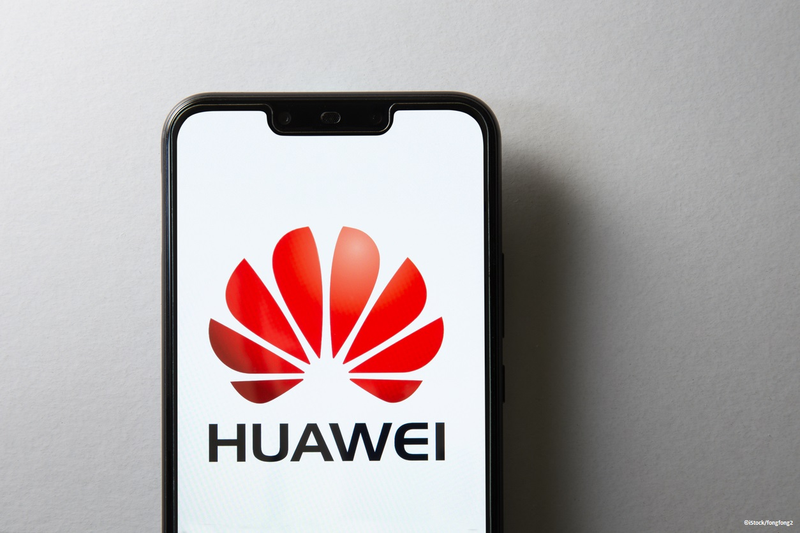
Huawei has unveiled further details about its replacements to Google’s services as it prepares to lose access following US sanctions.
During an event in London, Huawei made its pitch as to why developers should port their apps to HMS (Huawei Mobile Services).
The first reason is a cash incentive. Huawei announced that it will use a pot of £20 million ($26 million) to help persuade developers to bring their apps to HMS.
Anson Zhang, MD of Huawei UK, said: "We have announced our £20 million investment plan to recognise and incentivise our partners, so that we can build an outstanding ecosystem together."
Huawei claims it has already witnessed substantial growth in the number of developers supporting their platform. The company says around 55,000 apps have now signed up to the free HMS Core.
Rather than simply pitch HMS as a replacement for Google’s services, Huawei is keen to highlight ways in which it improves over the previous solution.
Huawei says it has thousands of APIs available to play with across 24 developer kits. Here are some of the various kits available:
Account Kit
Push Kit
Wallet Kit
Analytics Kit
Drive Kit
Game Service Kit
Ads Kit
Location Kit
Some of these kits were available in previous versions of HMS. To complement these existing services, HMS Core 4.0 has added the following new kits with Huawei’s Chipset-Device-Cloud capabilities:
ML Kit
Awareness Kit
Scan Kit
Nearby Service
Panorama Kit
Safety Detect
Dynamic Tag Manager
Fast Identity Online
Site Kit
Quick App
WisePlay
Health Kit
Identity Kit
Huawei’s AppGallery is now attracting 400 million users per month, according to the company.
As of writing, Huawei is still the second largest smartphone manufacturer. While it’s likely the loss of Google’s services will affect Huawei’s sales, particularly in the West, the company will almost certainly continue to provide a large audience for your apps.
By Ryan Daws


